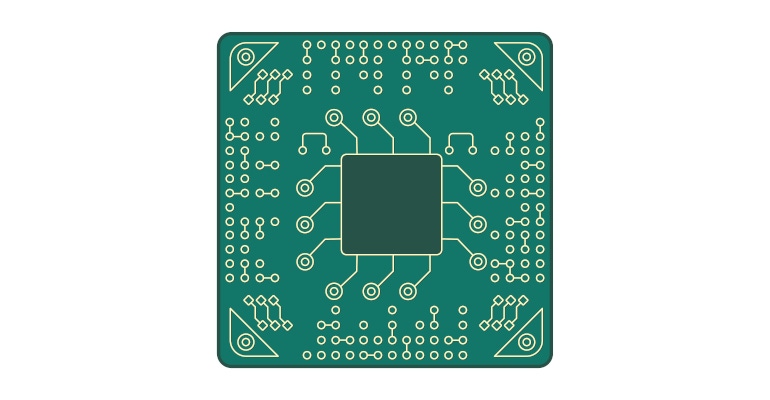Why RISC-V Architecture Is the Future of Embedded Design
The open standard RISC-V can support a faster time to market for silicon designs and may reduce the need for an extensive team.

Open source has been a staple of the software industry for decades. Companies have realized that they can save considerable design time and efforts by leveraging open source software from the global community, whether it’s for a tiny piece of their business or a central part of their technology offering. These days, the hardware industry is undergoing a similar seismic shift as companies increasingly embrace open standards and open source technologies to innovate better and faster.
Just like open source forever changed the software industry, the open standard RISC-V instruction set architecture (ISA) is fundamentally reshaping the silicon industry. Historically, custom silicon was out of reach for all but the biggest companies. Even then, companies that were able to secure custom silicon were constrained by the limits and costs of proprietary processor architectures. As computing requirements become more complex, companies of all sizes are looking for alternatives to meet the challenging computing needs of AI, ML, and other cutting-edge technologies.
The creation of RISC-V ISA addressed this demand with a new approach to silicon design: an ISA driven by open standard collaboration and created with flexibility, extensibility, and scalability in mind. Thanks to RISC-V, companies and countries are no longer bound to just one IP company for their entire product roadmap. An added benefit to this new approach is that this increased accessibility is driving increased competition, leading to a new generation of innovation that benefits everyone.
RISC-V is growing fast. RISC-V International, the global standards body, now has more than 3200 members. RISC-V is required learning in engineering programs at universities around the world and RISC-V-powered applications are hitting the market across a wide range of applications from embedded and automotive to high-performance data center installations.
The clean-slate design of RISC-V was built from the ground up to handle the latest compute workloads, with a modern architecture that is also open, collaborative, and scalable. With RISC-V, designers can choose to add on modular fixed standard extensions or application-specific extensions customized for different workloads. The modular approach of RISC-V helps address the growing demand for specialized cores—such as an IPU, VPU, NPU, or TPU. This enables designers to add application-specific extensions on top of their solutions to optimize them for different requirements, such as power, performance, and size. This also allows them to build their solutions for a wider variety of use cases, with the ability to customize based on the application, customer, or market.
RISC-V’s unmatched scalability sets it apart from proprietary architectures. Companies can easily create heterogeneous multi-core complexes using domain-specific architectures for different applications such as AI, mobile, storage, and networking. Designers can hand-pick coherent clusters to scale up or down and deliver the perfect mix of processing capabilities. RISC-V can also easily support new data types, such as BFLOAT16 matrix multiplication compute and INT8/INT4 precision, to deliver performance improvements for machine learning workloads.
The community-shared tools and development resources provided by RISC-V significantly help to reduce risk. Companies can leverage these robust tools and resources, allowing them to focus on creating new things rather than trying to reinvent the wheel. The shared nature of the RISC-V ecosystem also enables a faster time to market and reduces the need for an extensive design team. Unlike closed architectures, RISC-V was designed to be collaborative and give companies the freedom and flexibility to work with each other to solve challenges they may not have been able to address on their own. This shared nature has enabled organizations and individuals to come together and collaborate, while also competing simultaneously.
A great example is the recent announcement by NASA that it is embracing RISC-V for future processing requirements. NASA wanted an ISA that would be supported many years in the future and by a wide ecosystem. RISC-V-powered processors provide an efficient and powerful solution that not only outperforms the competition but also offers the potential for software support over time by the wider RISC-V ecosystem. In another use case, Google has shown the promise of RISC-V in companion processors to accelerate its AI accelerators in data centers, also benefitting from RISC-V’s flexibility.
With billions of RISC-V cores already on the market, RISC-V has already shown incredible momentum. With its design freedom and flexibility, RISC-V is enabling innovation in embedded design like never before. With resources to help along the way, companies and individuals are entering a new chapter of competition that will unleash the next generation of innovation.
About the Author(s)
You May Also Like





